Find Help
More Items From Ergsy search
-
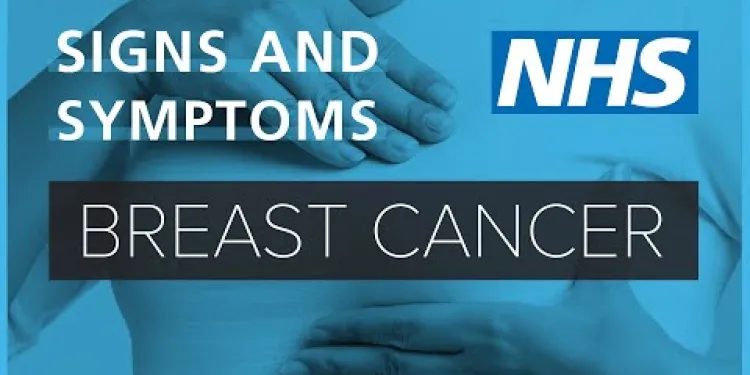
About Breast cancer - signs and symptoms | NHS
Relevance: 100%
-
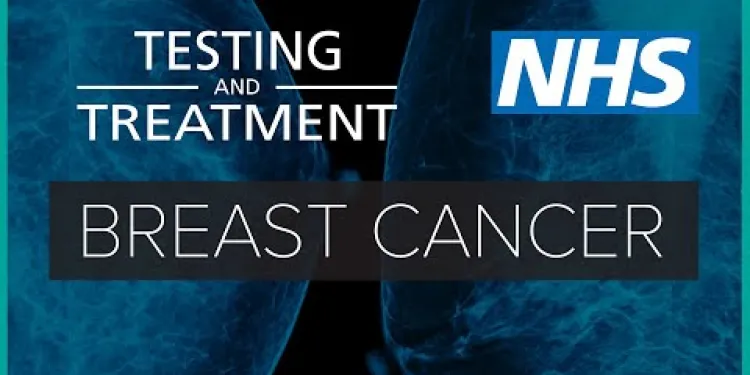
Breast cancer: testing and treatment | NHS
Relevance: 69%
-
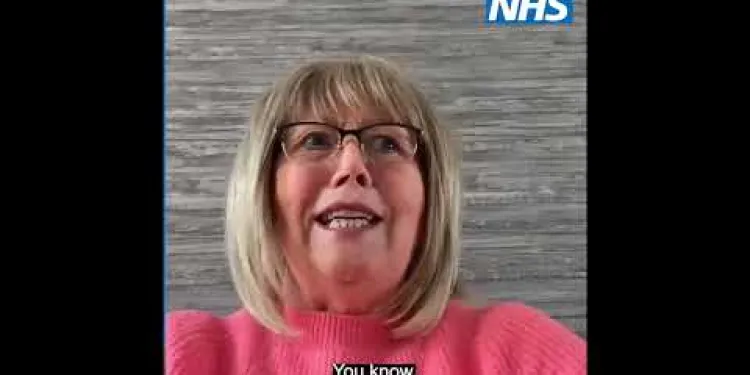
NHS breast cancer screening
Relevance: 69%
-

AI Breast Cancer Screening in the UK
Relevance: 69%
-

How often should I get screened for breast cancer?
Relevance: 64%
-
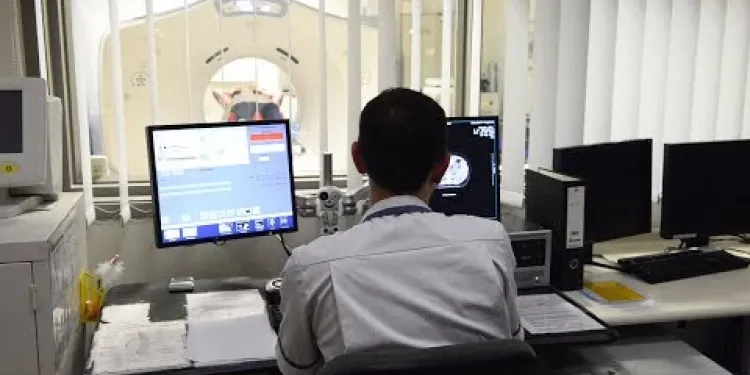
Having radiotherapy for breast cancer - 3 Videos
Relevance: 62%
-

Ovarian cancer - signs and symptoms to look out for
Relevance: 62%
-
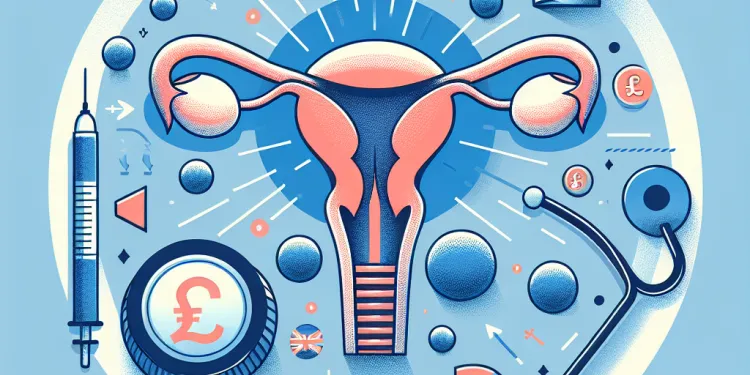
What are the symptoms of testicular cancer?
Relevance: 59%
-

Bowel cancer - Symptoms and signs to look out for
Relevance: 59%
-
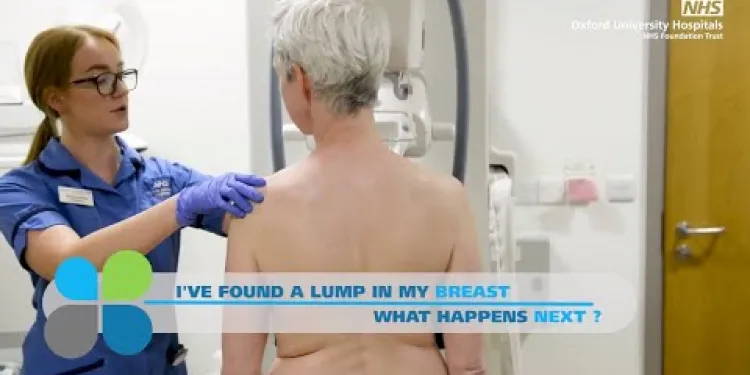
I've found a lump in my breast - What happens next? The breast diagnostic clinic
Relevance: 52%
-
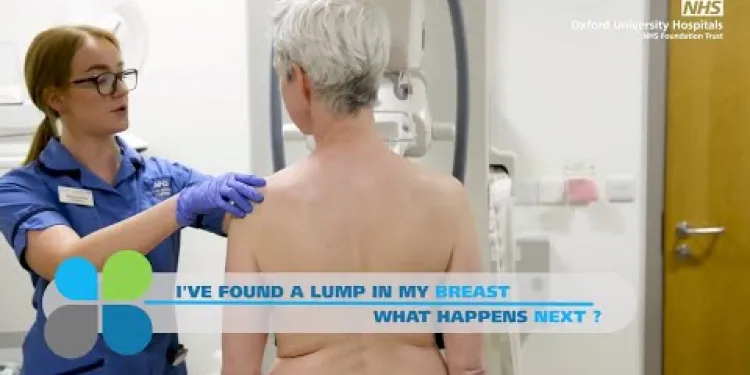
I've found a lump in my breast - What happens next? The breast diagnostic clinic
Relevance: 52%
-
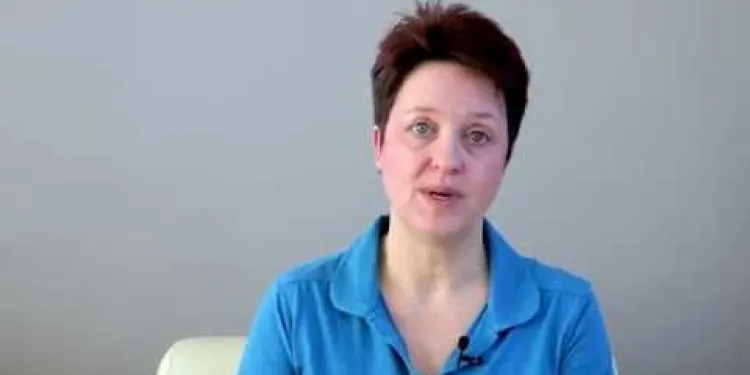
Other Things You Need to Know About Breast Screening
Relevance: 52%
-
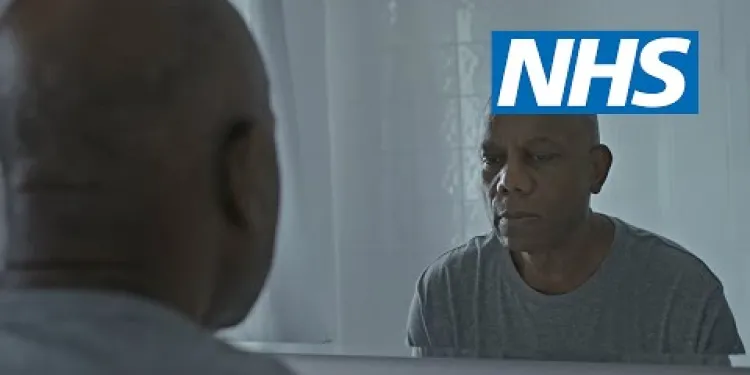
Worried about signs that could be cancer? Contact your GP practice | NHS
Relevance: 51%
-

Tower Hamlets breast screening programme
Relevance: 49%
-
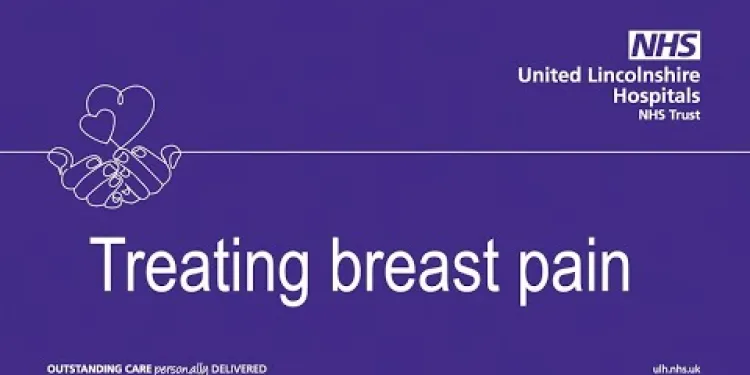
Treating breast pain | United Lincolnshire Hospitals NHS Trust
Relevance: 48%
-
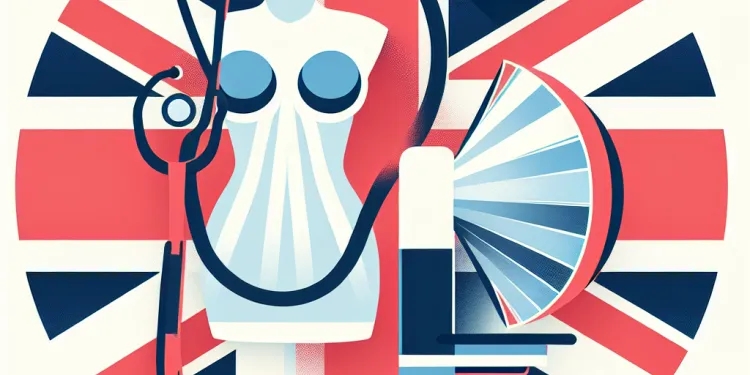
Can I have a mammogram if I have breast implants?
Relevance: 48%
-
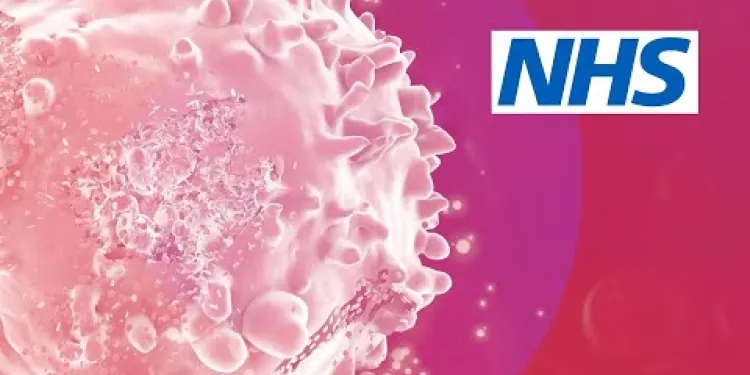
Leukaemia: What are the signs and symptoms? | NHS
Relevance: 47%
-

What is Breast augmentation?
Relevance: 45%
-

What kinds of cancer screening are available?
Relevance: 45%
-
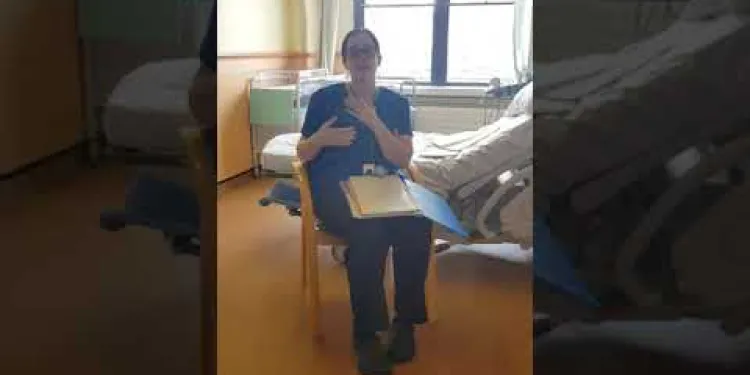
Breasts and Mastitis
Relevance: 44%
-
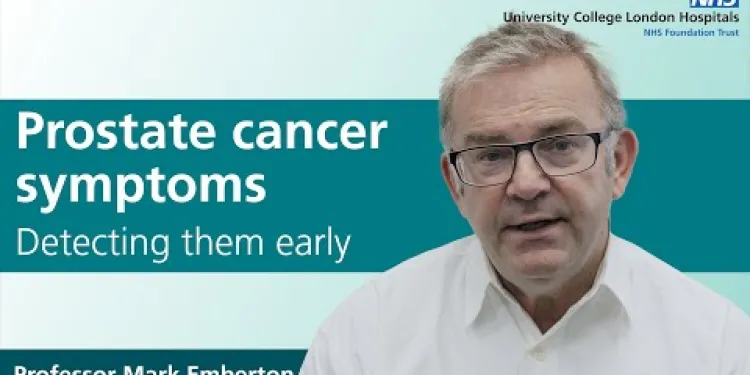
Prostate cancer symptoms - detecting them early
Relevance: 43%
-
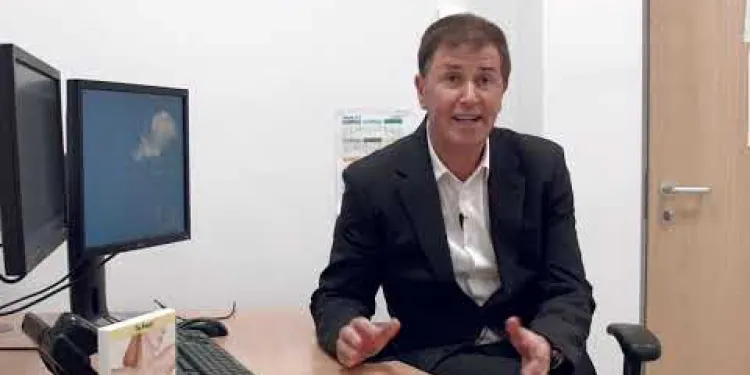
Evidence-Based Interventions: breast reduction
Relevance: 43%
-
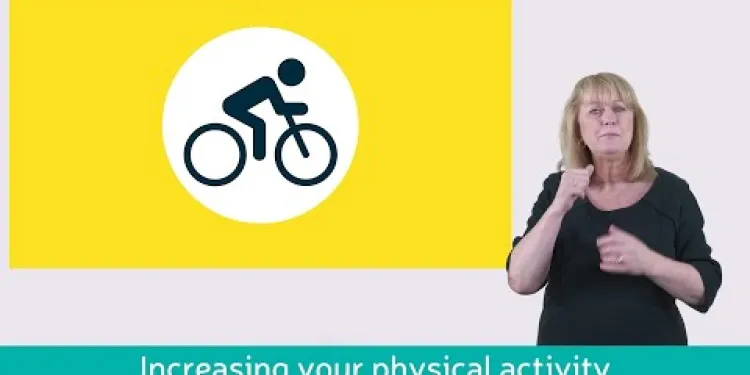
Learn about bowel cancer (British Sign Language version)
Relevance: 42%
-
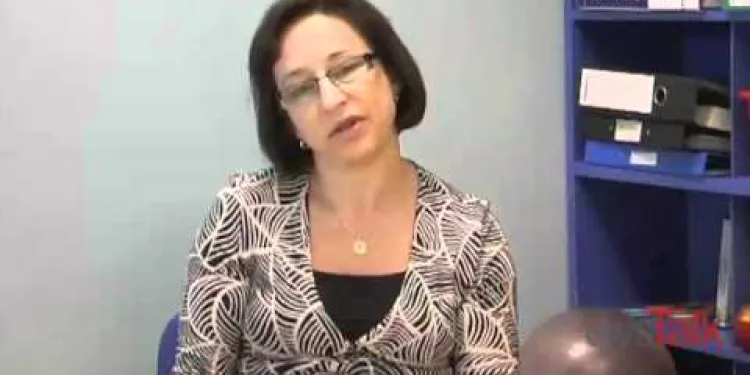
Dyspraxia Symptoms & Signs
Relevance: 42%
-
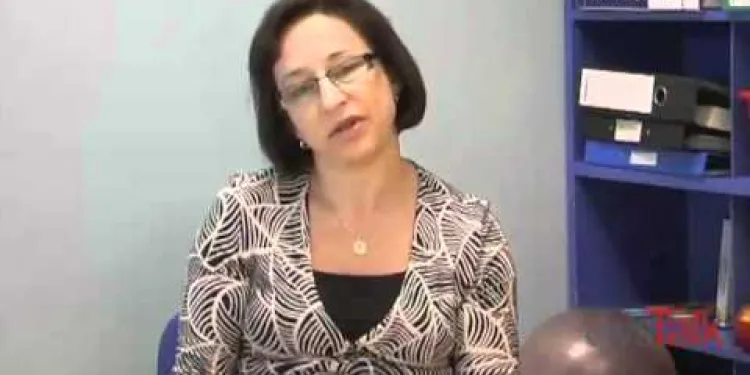
Dyspraxia Symptoms & Signs
Relevance: 41%
-
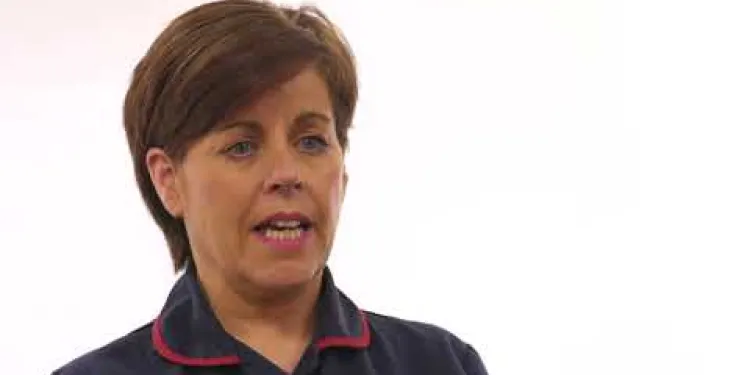
Ovarian Cancer
Relevance: 41%
-
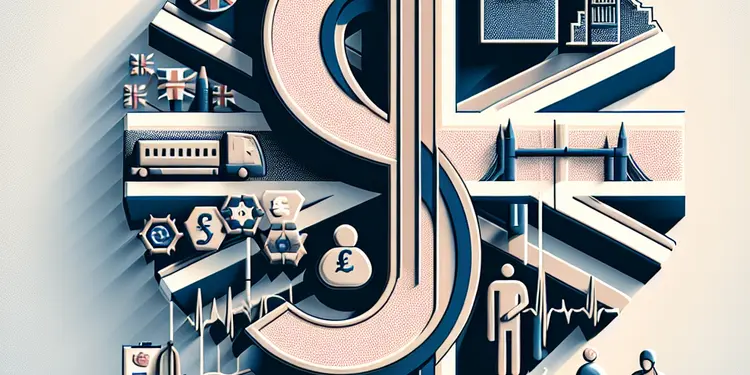
What is cancer screening?
Relevance: 40%
-
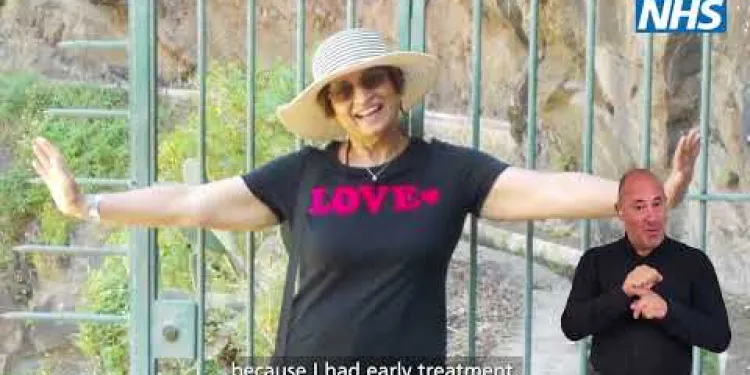
Get cancer symptoms checked by your GP | NHS - BSL version
Relevance: 39%
-
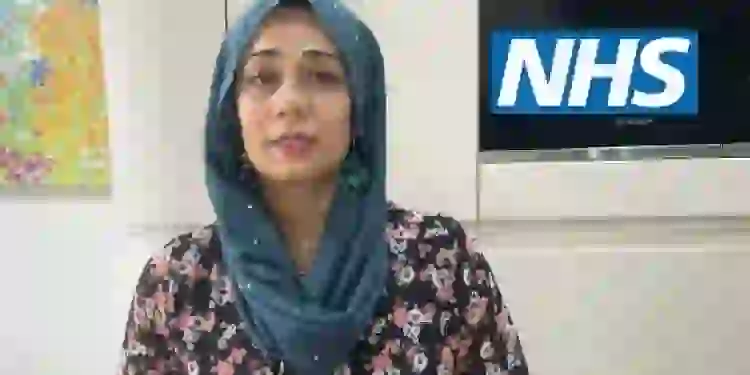
Get cancer symptoms checked by your GP | NHS
Relevance: 39%
-
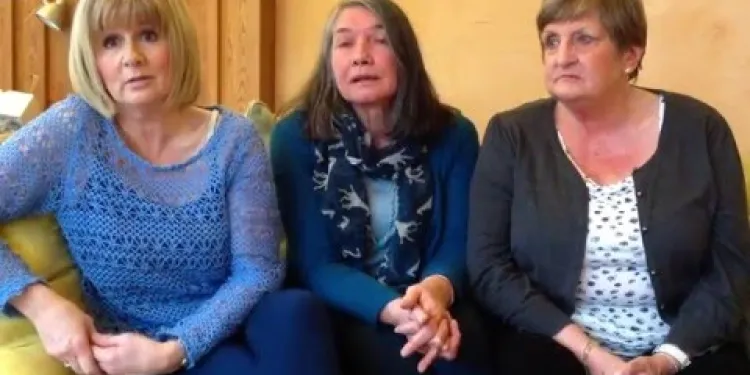
Raising awareness of ovarian cancer
Relevance: 38%
-
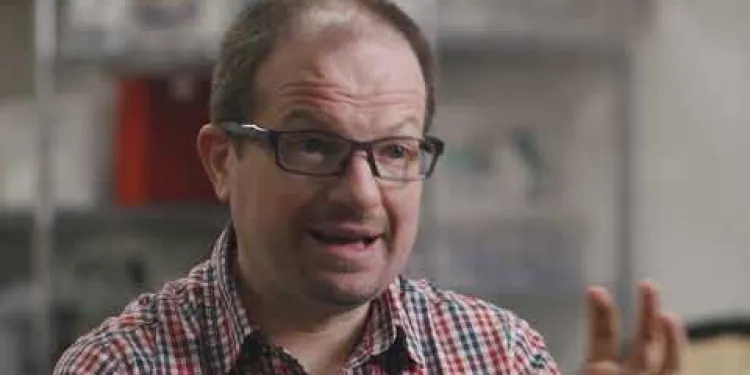
An Introduction to Decompression Illness: Signs & Symptoms”. Dr Roland Armes
Relevance: 36%
-

Can men have mammograms?
Relevance: 36%
-
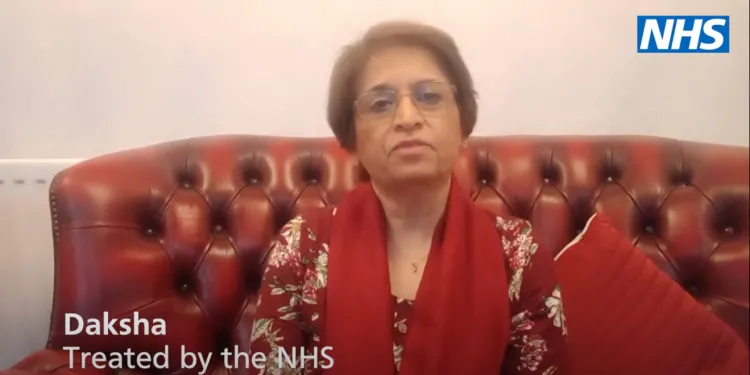
What is Cancer?
Relevance: 36%
-
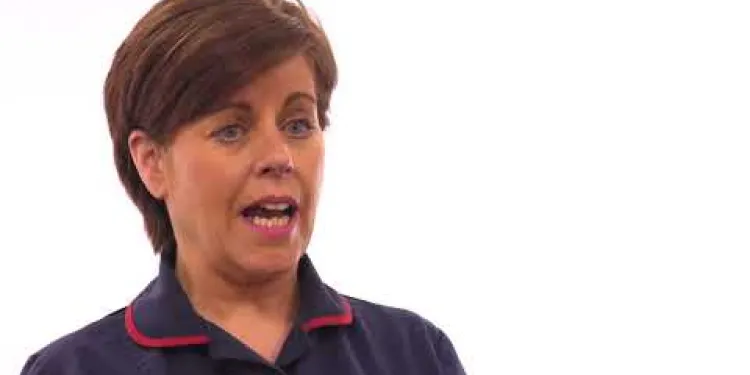
Endometrial Cancer
Relevance: 36%
-

What are the benefits of regular mammograms?
Relevance: 35%
-
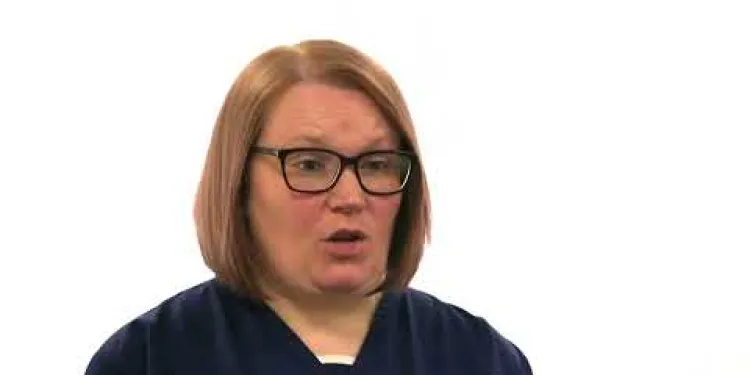
Vulval Cancer
Relevance: 34%
-

Mouth Cancer Awareness
Relevance: 33%
-
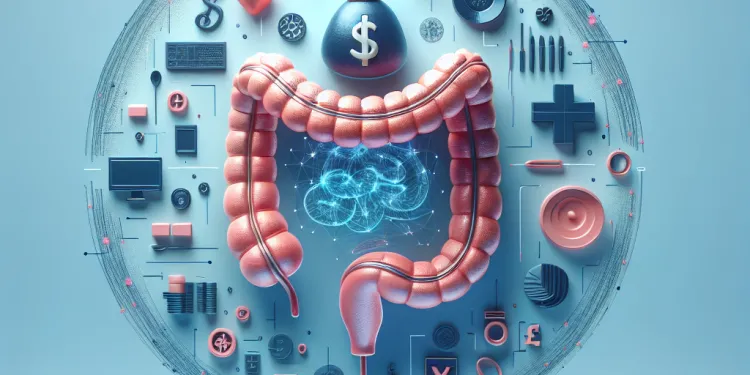
How common is bowel cancer?
Relevance: 33%
-
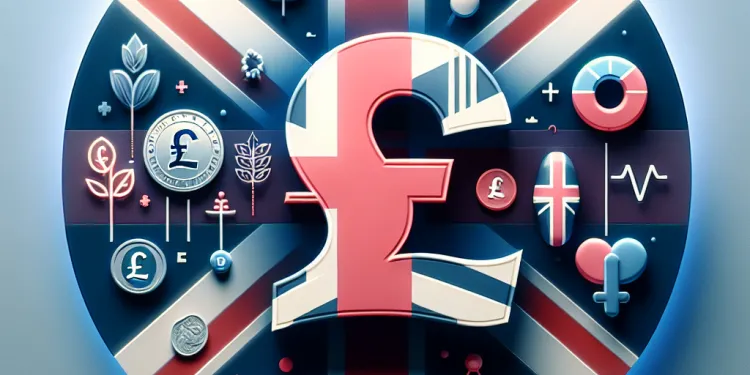
How common is testicular cancer?
Relevance: 33%
-

Is testicular cancer treatable?
Relevance: 33%
Signs and Symptoms of Breast Cancer
Breast cancer is a common and potentially life-threatening condition that can affect both men and women. Recognizing the signs and symptoms of breast cancer is crucial for early detection and successful treatment. Here are some key indicators to be aware of:
- Lump or Thickening: The most common symptom is the presence of a painless lump or thickening in the breast tissue, which may be felt during self-examination.
- Changes in Breast Size or Shape: Any noticeable changes in the size or shape of the breast, or a sudden asymmetry between the two breasts, can be concerning.
- Skin Changes: Look out for skin changes such as dimpling, redness, puckering, or the development of an orange peel-like texture, which may indicate an underlying issue.
- Nipple Changes: Changes in the nipple, including retraction (turning inward), discharge (other than breast milk), or an ulceration, should be evaluated by a healthcare professional.
- Breast Pain: While breast pain is not always a sign of cancer, persistent, unexplained discomfort or tenderness should be assessed.
- Swelling: Swelling or a lump in the armpit or around the collarbone can be a sign that breast cancer has spread to nearby lymph nodes.
- Nipple Rash: A scaly or crusted rash around the nipple or areola may be indicative of a rare form of breast cancer known as Paget's disease.
It's essential to remember that not all breast lumps are cancerous, but any concerning changes should be promptly discussed with a healthcare provider. Regular breast self-exams, clinical breast exams, and mammograms are key components of early detection and improved outcomes in breast cancer cases. Early diagnosis and treatment offer the best chances of successful recovery.
About Breast Cancer - Signs and Symptoms | NHS
What is Breast Cancer?
Breast cancer is one of the most common types of cancer in the UK. It develops from breast tissue cells and can affect both men and women, although it is significantly more common in women. Early detection and treatment are crucial for improving outcomes, making awareness of its signs and symptoms essential.
Recognising the Signs and Symptoms
Being familiar with how your breasts normally look and feel can help you detect any changes early. Common signs and symptoms of breast cancer include:
Lumps and Thickening
The most common symptom of breast cancer is a new lump or thickened area in the breast, particularly if it is only in one breast. While most breast lumps are not cancerous, it is important to have any unusual lumps checked by a healthcare professional.
Changes in Size, Shape, or Feel
Alterations in the size, shape, or feel of a breast can also signal breast cancer. This may include swelling in one breast, visible distortion, or a feeling of heaviness. Any noticeable change should prompt further investigation.
Skin Changes
Breast cancer can cause changes to the skin, such as dimpling, puckering, redness, or an orange-peel texture. Another sign can be a rash or crusting around the nipple area.
Nipple Changes
Unexplained changes in the nipple, including discharge (which may be bloodstained), inversion (turning inwards), or an unusual appearance, can be indicators of breast cancer and should be evaluated by a healthcare provider.
Additional Signs
Less commonly, breast cancer can cause symptoms such as swelling or a lump in the armpit, shoulder pain, or persistent breast pain that does not change with your menstrual cycle.
When to See a Doctor
If you notice any of these signs or symptoms, it is crucial to visit your GP as soon as possible. Early diagnosis and treatment vastly improve the chances of successful treatment. Screening programs, such as the NHS Breast Screening Programme, can also aid in early detection for women aged 50 and above.
For more detailed information and support, consult the NHS website or speak to your healthcare provider.
Signs and Symptoms of Breast Cancer
Breast cancer can happen to both men and women. It is serious, but finding it early can help a lot. Here is what to look for:
- Lump or Thickening: Feel for a lump or thicker area in the breast. It usually does not hurt.
- Changes in Breast Size or Shape: Watch for changes in how your breasts look. If one breast is a different size or shape suddenly, tell your doctor.
- Skin Changes: Check for changes like dimples, redness, or skin that looks like an orange peel.
- Nipple Changes: Look for nipple changes. This could be the nipple turning inward, leaking fluid (not milk), or sores.
- Breast Pain: Pain in the breast that does not go away should be checked by a doctor.
- Swelling: Swelling or lumps in the armpit or near the collarbone could mean the cancer has moved to the lymph nodes.
- Nipple Rash: A rash around the nipple or areola (the area around the nipple) could be a sign of a rare kind of breast cancer.
Remember, not all lumps mean cancer, but it is important to talk to a doctor if you notice any changes. Doing regular breast self-exams at home, seeing your doctor for check-ups, and getting mammograms can help find breast cancer early. Early treatment gives the best chance to get better.
About Breast Cancer - Signs and Symptoms | NHS
What is Breast Cancer?
Breast cancer is a type of sickness where cells in the breast grow too fast. It can happen to both men and women, but it is more common in women. Finding it early and getting help is very important.
Recognising the Signs and Symptoms
Knowing how your breasts usually look and feel can help you see when something changes. Common signs of breast cancer are:
Lumps and Thickening
The most common sign is a new lump or thick spot in the breast. This lump usually only shows up in one breast. Most lumps are not cancer, but you should ask a doctor to check it.
Changes in Size, Shape, or Feel
Look out for changes in how your breast looks or feels. This can be swelling, a different shape, or feeling heavy. Any change should be checked by a doctor.
Skin Changes
Breast cancer can change the skin. Look for dimples, redness, or skin that looks like an orange peel. A rash or crust around the nipple can also be a sign.
Nipple Changes
Watch for changes in the nipple. This could be liquid coming out (especially bloody), the nipple turning inward, or looking different. See a doctor if you notice these signs.
Additional Signs
Sometimes, breast cancer can cause a lump in the armpit, shoulder pain, or breast pain that does not go away. These are less common signs.
When to See a Doctor
If you notice any of these signs, go to your doctor as soon as you can. Finding and treating breast cancer early makes it easier to get better. Women over 50 can also join screening programs to find cancer early.
For more information and help, visit the NHS website or talk to your doctor.
Frequently Asked Questions
What are the common symptoms of breast cancer?
Common symptoms of breast cancer include a lump or area of thickened tissue in the breast, a change in the size or shape of one or both breasts, and discharge from your nipples that may be streaked with blood.
What should I do if I find a lump in my breast?
If you find a lump in your breast, it's important to see your GP as soon as possible for further evaluation. Most breast lumps are not cancerous, but it’s important to get them checked.
Can men get breast cancer?
Yes, men can get breast cancer, although it is much less common than in women. Men should be aware of changes in their breast tissue and seek medical advice if any symptoms occur.
What are the less common signs of breast cancer?
Less common signs of breast cancer include a rash around the nipple, dimpling of the skin on the breast, and an inverted nipple. There may also be swelling in the armpit area.
Is pain a common symptom of breast cancer?
Most breast cancers are not painful. However, pain or tenderness in the breast can be a symptom of breast cancer in some cases.
How is breast cancer diagnosed?
Breast cancer is usually diagnosed through a combination of physical examinations, mammograms, ultrasounds, and biopsies. Your GP may refer you to a specialist for further tests.
What is a mammogram?
A mammogram is an X-ray of the breast used to detect abnormalities. It can help identify breast cancer in its early stages before physical symptoms develop.
Are there screening programs for breast cancer in the UK?
Yes, in the UK, women aged 50 to 70 are invited for a routine mammogram every three years as part of the NHS Breast Screening Programme.
What are the risk factors for breast cancer?
Risk factors for breast cancer include age, family history, genetic mutations, hormone replacement therapy, being overweight or obese, and alcohol consumption, among others.
Can breast cancer be inherited?
Yes, certain genetic mutations such as BRCA1 and BRCA2 can increase the risk of breast cancer and may be inherited. Genetic testing is available for those with a significant family history.
What treatment options are available for breast cancer?
Treatment options for breast cancer include surgery, radiotherapy, chemotherapy, hormone therapy, and targeted therapy. The choice of treatment depends on the type and stage of cancer.
What is the importance of early detection in breast cancer?
Early detection of breast cancer increases the chances of successful treatment and survival. Regular screening and being aware of the signs and symptoms are crucial.
Can lifestyle changes reduce the risk of breast cancer?
Adopting a healthy lifestyle, such as maintaining a healthy weight, exercising regularly, limiting alcohol intake, and eating a balanced diet, can help reduce the risk of breast cancer.
What should I expect during a breast cancer screening?
During a breast cancer screening, a mammogram will be performed. This involves compressing each breast between two X-ray plates to take detailed images. It may be slightly uncomfortable but only lasts a few minutes.
How often should I check my breasts for signs of cancer?
It's recommended to check your breasts regularly, at least once a month. Become familiar with how your breasts normally look and feel so you can identify any changes quickly.
What are the signs of breast cancer?
Here are some things to look out for:
- A lump or bump in the breast.
- Changes in the size or shape of the breast.
- The skin on the breast looks different, like it's pulling in.
- The nipple goes inward.
- Liquid comes out of the nipple.
- Red, sore, or itchy skin on the breast.
If you see any of these signs, tell an adult you trust. They can help you see a doctor.
It might help to use pictures or videos to learn more. Ask someone to explain if you don't understand.
If you have breast cancer, there are some signs you might notice. You might feel a lump or a hard spot in your breast. Your breast might change shape or size. Sometimes, stuff comes out of your nipple, and it might have some blood in it.
If you see these signs, it's a good idea to tell a doctor. They can help you understand what's happening.
Reading tools like audiobooks can be helpful. You can also ask someone to read it to you.
What should I do if I find a lump in my breast?
If you find a lump in your breast, here is what you can do:
- Stay calm. Many lumps are not dangerous.
- Tell a trusted adult, like a parent or teacher.
- Go to a doctor. They can check the lump.
- The doctor may use some special tools to look closer. This is okay.
- Ask questions if you are worried. It is good to understand.
Support tools like using a calendar to track the lump or writing questions in a notebook can help you stay organized and remember important details.
If you feel a lump in your breast, you should go to your doctor quickly. Most lumps are not cancer, but it's important to make sure.
Can men have breast cancer?
Yes, men can have breast cancer. It is not very common, but it can happen.
If a man notices a lump or change in his chest, he should tell a doctor.
Doctors can help check if it is breast cancer.
Reading tools like audiobooks or reading with a friend can help understand more.
Yes, men can get breast cancer too. But it happens less often than in women. Men should look for changes in their chest. If something feels different, they should talk to a doctor.
What are some rare signs of breast cancer?
Sometimes, breast cancer can have signs that are not seen as often. These signs can be a rash around the nipple, skin on the breast that looks bumpy like an orange peel, and a nipple that turns inwards. There might also be a lump or swelling under your arm.
If you have worries, it can help to talk with a doctor or nurse. They can help check what's going on. You can also use picture books or videos to learn more.
Does breast cancer usually hurt?
Breast cancer usually does not hurt. But sometimes, pain or feeling sore in the breast can be a sign of breast cancer.
Try using a picture or drawing of the breast to help understand. Talking to a doctor or someone you trust can also help. If you feel pain, tell a doctor.
How do doctors find out if someone has breast cancer?
Doctors have special ways to check if someone has breast cancer. Here are some ways they find out:
- Mammogram: A mammogram is a special X-ray picture of the breast. It helps doctors see if there are any problems.
- Ultrasound: An ultrasound uses sound waves to make a picture of the inside of the breast. It helps doctors see more clearly.
- Biopsy: In a biopsy, a doctor takes a small piece of the breast tissue to look at it closely under a microscope. This helps them know for sure if it is cancer.
These tests help doctors know if there is a problem and what to do next. If reading is hard, ask someone to help you understand more about these tests.
Doctors find out if someone has breast cancer by doing different kinds of tests. They will look at your body and may take pictures with special cameras called mammograms or ultrasounds. Sometimes, they take a small piece from the body to look at it closely, which is called a biopsy. Your family doctor might send you to see a special doctor for more tests if needed.
What is a mammogram?
A mammogram is a picture of the inside of a breast. Doctors use it to check for signs of breast cancer.
Here is how it works:
- You stand in front of a special machine.
- The machine takes a picture of your breast.
- The picture helps doctors see if everything is okay.
Mammograms can help find problems early. This is important because it can help you get treatment sooner.
Try asking questions if you do not understand. You can also use a dictionary or ask someone to explain it to you.
A mammogram is a special picture of the breast. It is like an X-ray. Doctors use it to find out if there is anything wrong in the breast. It can help doctors find breast cancer early, before you can feel or see a lump.
Can people in the UK get checked for breast cancer?
Yes, there are programs in the UK to check for breast cancer.
These checks are called screenings. They can help find signs of breast cancer early.
If you have questions, you can talk to a doctor or nurse.
Using tools like talking computers or asking someone to read with you can help too.
Yes, in the UK, women who are 50 to 70 years old get invited for a special breast check every three years. This is part of the NHS plan to help keep women healthy.
If you need help reading, try asking someone you trust to read with you. You can also use audiobooks or apps that read the text out loud.
What can make someone more likely to get breast cancer?
Things that can make breast cancer more likely:
- Getting older
- If someone in your family had it
- Changes in your genes
- Taking hormone medicine
- Being very heavy or overweight
- Drinking alcohol
If you want, you can use tools like voice reading apps to help you understand. Asking someone else to explain can also be helpful.
Can you get breast cancer from family?
Some people can get breast cancer if it runs in their family. This means it can be passed down from parents to children.
Here are some ways to learn more and get help:
- Ask a doctor about family health history.
- Visit a health center for a check-up.
- You can use tools like family trees to see if anyone else had breast cancer.
- Use pictures or drawings to help understand what breast cancer is.
Yes, some changes in genes, like BRCA1 and BRCA2, can make it more likely for someone to get breast cancer. These changes can run in families. People with family members who had breast cancer can get checked with a special test.
What are the ways to treat breast cancer?
Breast cancer can be treated in different ways. Here are some of them:
- Surgery: Doctors can do an operation to take out the cancer.
- Chemotherapy: This is special medicine to kill cancer cells.
- Radiation Therapy: This uses strong rays to destroy cancer cells.
- Hormone Therapy: This type of treatment blocks hormones that make cancer grow.
- Targeted Therapy: This treatment uses medicine to attack certain parts of cancer cells.
If you or someone you know has breast cancer, it is important to talk to a doctor. The doctor can help choose the best treatment.
It can also help to talk with family and friends for support.
If someone has breast cancer, there are different ways to treat it. These include:
- Surgery, where doctors take out the cancer.
- Radiotherapy, which uses strong rays to kill cancer cells.
- Chemotherapy, where medicine is used to kill cancer cells.
- Hormone therapy, which stops certain hormones that help cancer grow.
- Targeted therapy, which uses special drugs to attack cancer cells.
The best treatment depends on what kind of cancer it is and how much it has spread.
It can help to talk to a doctor and ask them to explain things slowly. You can also write down any questions you have so you do not forget to ask later.
Why is it important to find breast cancer early?
Finding breast cancer early can help you get better treatment. This means doctors can help you feel better faster. If you find cancer early, you have a better chance to stay healthy.
Here are some tips and tools to help:
- Go to regular check-ups with your doctor.
- Learn how to check your breasts at home and do it often.
- Ask your family or friends to help remind you about check-ups.
Finding breast cancer early helps doctors treat it better and gives you a better chance to get well. It is important to have regular check-ups and know what signs to look for.
Can changing how you live help stop breast cancer?
Some changes in how you live can help make the risk of getting breast cancer smaller.
Here are some ways to help lower the risk:
- Eat healthy foods like fruits and vegetables.
- Exercise often, like going for walks or playing sports.
- Keep your body weight at a healthy level.
- Don't drink too much alcohol.
- Don't smoke.
Ask a doctor if you need help changing your habits. They can give advice on what to do.
Living a healthy life can help you stay safe from breast cancer. Here are some things you can do:
- Stay at a healthy weight.
- Exercise often.
- Drink less alcohol.
- Eat different healthy foods.
Some tools that can help are:
- A step counter to keep track of your exercise.
- A food diary to help you eat healthy meals.
- Apps that tell you how much alcohol you are drinking.
What happens during a breast cancer check?
When you go for a breast cancer check, a doctor or nurse will help you. They use a special machine to take pictures of the inside of your breasts. This can feel a bit uncomfortable, but it should not hurt.
You can ask questions at any time. The doctor or nurse is there to help you understand what is happening.
If you feel worried, tell the doctor or nurse. They can make you feel better and explain things to you.
Sometimes, bringing a friend or family member can help you feel more relaxed and supported.
When you get checked for breast cancer, you will have a test called a mammogram. This test squashes each breast between two plates to take pictures. It might feel a bit uncomfortable, but it only takes a few minutes.
How often should I check my breasts for signs of cancer?
You should look at and feel your breasts often to see if anything changes. Try to do this once a month. It's important to know what your breasts usually look and feel like. This way, you can notice if something is different.
If you're not sure how to check, ask a nurse or doctor. They can show you what to do. You can also look for videos or guides that show you how to check your breasts. They can be really helpful!
Remember, if you see or feel anything strange, talk to a doctor. They will know what to do next.
It's a good idea to check your breasts often. Try to do it once a month. Get to know how your breasts usually look and feel. This will help you notice any changes quickly.
Useful Links
- Ergsy carfully checks the information in the videos we provide here.
- Videos shown by Youtube after a video has completed, have NOT been reviewed by ERGSY.
- To view, click the arrow in centre of video.
- Most of the videos you find here will have subtitles and/or closed captions available.
- You may need to turn these on, and choose your preferred language.
- Go to the video you'd like to watch.
- If closed captions (CC) are available, settings will be visible on the bottom right of the video player.
- To turn on Captions, click settings .
- To turn off Captions, click settings again.
More Items From Ergsy search
-

About Breast cancer - signs and symptoms | NHS
Relevance: 100%
-

Breast cancer: testing and treatment | NHS
Relevance: 69%
-

NHS breast cancer screening
Relevance: 69%
-

AI Breast Cancer Screening in the UK
Relevance: 69%
-

How often should I get screened for breast cancer?
Relevance: 64%
-

Having radiotherapy for breast cancer - 3 Videos
Relevance: 62%
-

Ovarian cancer - signs and symptoms to look out for
Relevance: 62%
-

What are the symptoms of testicular cancer?
Relevance: 59%
-

Bowel cancer - Symptoms and signs to look out for
Relevance: 59%
-

I've found a lump in my breast - What happens next? The breast diagnostic clinic
Relevance: 52%
-

I've found a lump in my breast - What happens next? The breast diagnostic clinic
Relevance: 52%
-

Other Things You Need to Know About Breast Screening
Relevance: 52%
-

Worried about signs that could be cancer? Contact your GP practice | NHS
Relevance: 51%
-

Tower Hamlets breast screening programme
Relevance: 49%
-

Treating breast pain | United Lincolnshire Hospitals NHS Trust
Relevance: 48%
-

Can I have a mammogram if I have breast implants?
Relevance: 48%
-

Leukaemia: What are the signs and symptoms? | NHS
Relevance: 47%
-

What is Breast augmentation?
Relevance: 45%
-

What kinds of cancer screening are available?
Relevance: 45%
-

Breasts and Mastitis
Relevance: 44%
-

Prostate cancer symptoms - detecting them early
Relevance: 43%
-

Evidence-Based Interventions: breast reduction
Relevance: 43%
-

Learn about bowel cancer (British Sign Language version)
Relevance: 42%
-

Dyspraxia Symptoms & Signs
Relevance: 42%
-

Dyspraxia Symptoms & Signs
Relevance: 41%
-

Ovarian Cancer
Relevance: 41%
-

What is cancer screening?
Relevance: 40%
-

Get cancer symptoms checked by your GP | NHS - BSL version
Relevance: 39%
-

Get cancer symptoms checked by your GP | NHS
Relevance: 39%
-

Raising awareness of ovarian cancer
Relevance: 38%
-

An Introduction to Decompression Illness: Signs & Symptoms”. Dr Roland Armes
Relevance: 36%
-

Can men have mammograms?
Relevance: 36%
-

What is Cancer?
Relevance: 36%
-

Endometrial Cancer
Relevance: 36%
-

What are the benefits of regular mammograms?
Relevance: 35%
-

Vulval Cancer
Relevance: 34%
-

Mouth Cancer Awareness
Relevance: 33%
-

How common is bowel cancer?
Relevance: 33%
-

How common is testicular cancer?
Relevance: 33%
-

Is testicular cancer treatable?
Relevance: 33%


